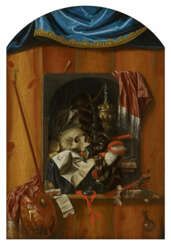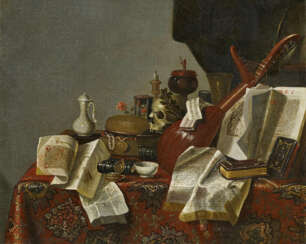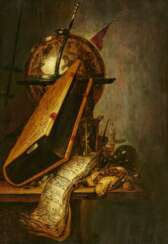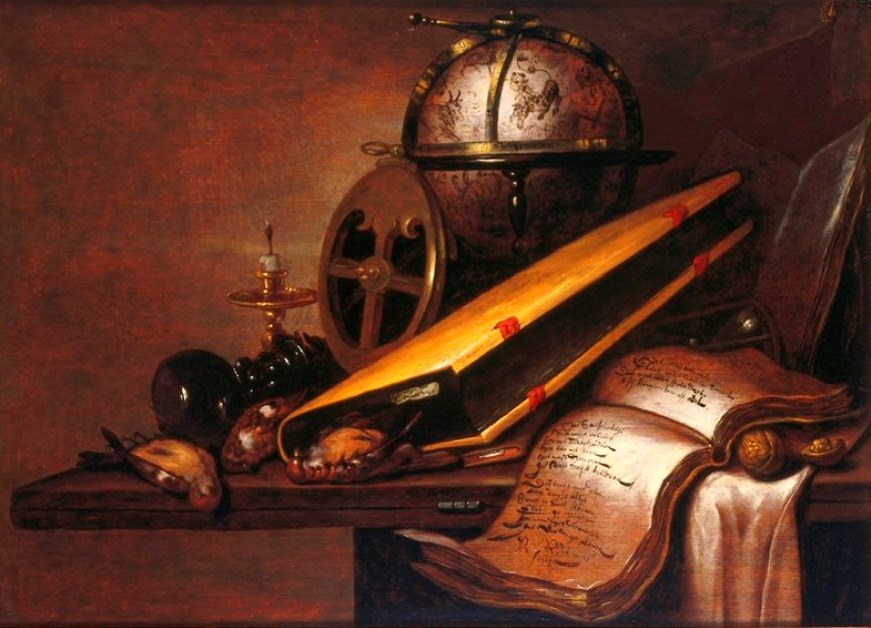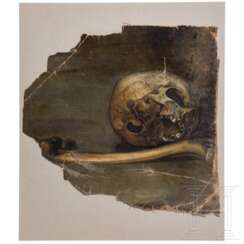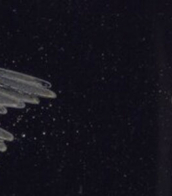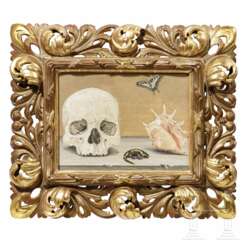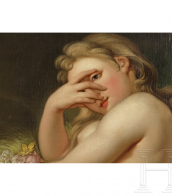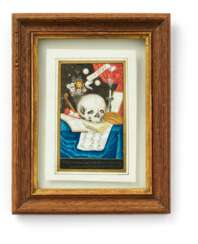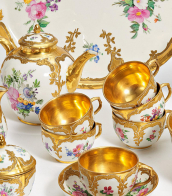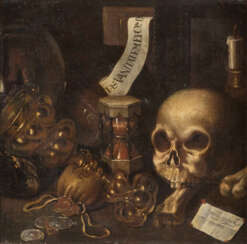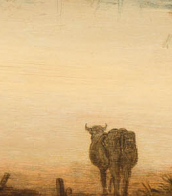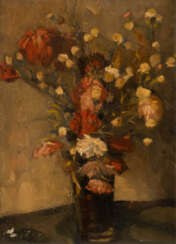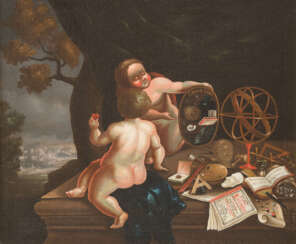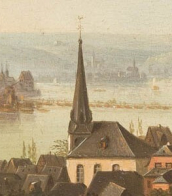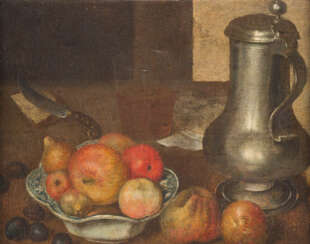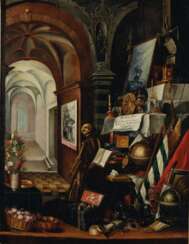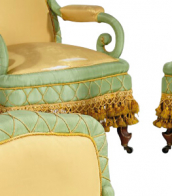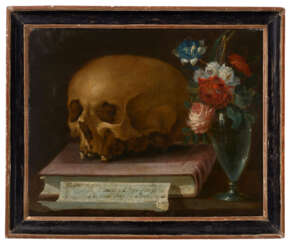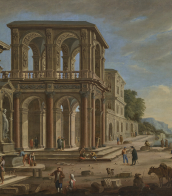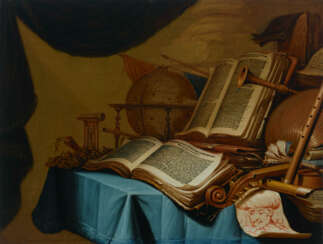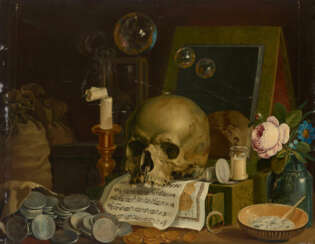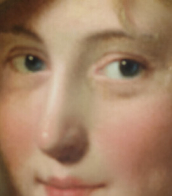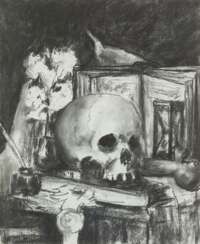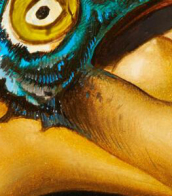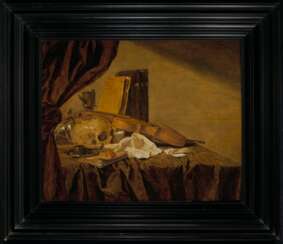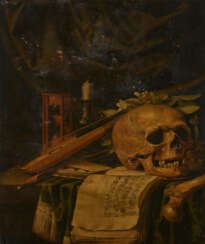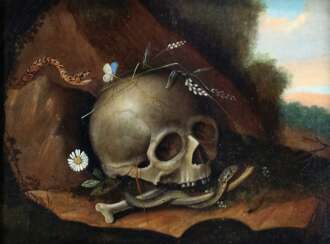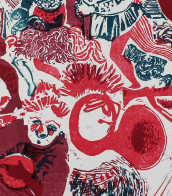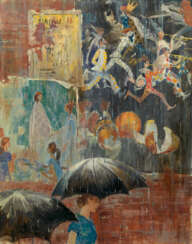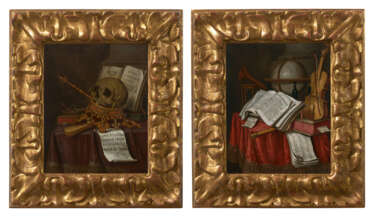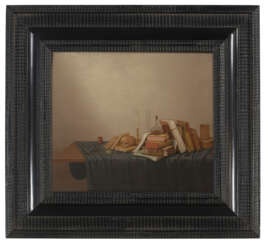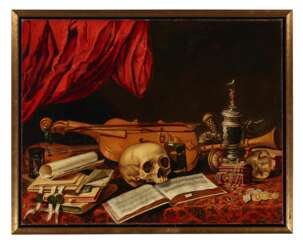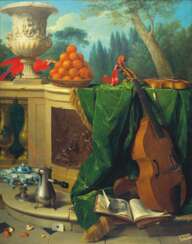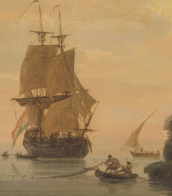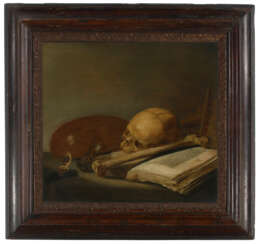vanitas still life
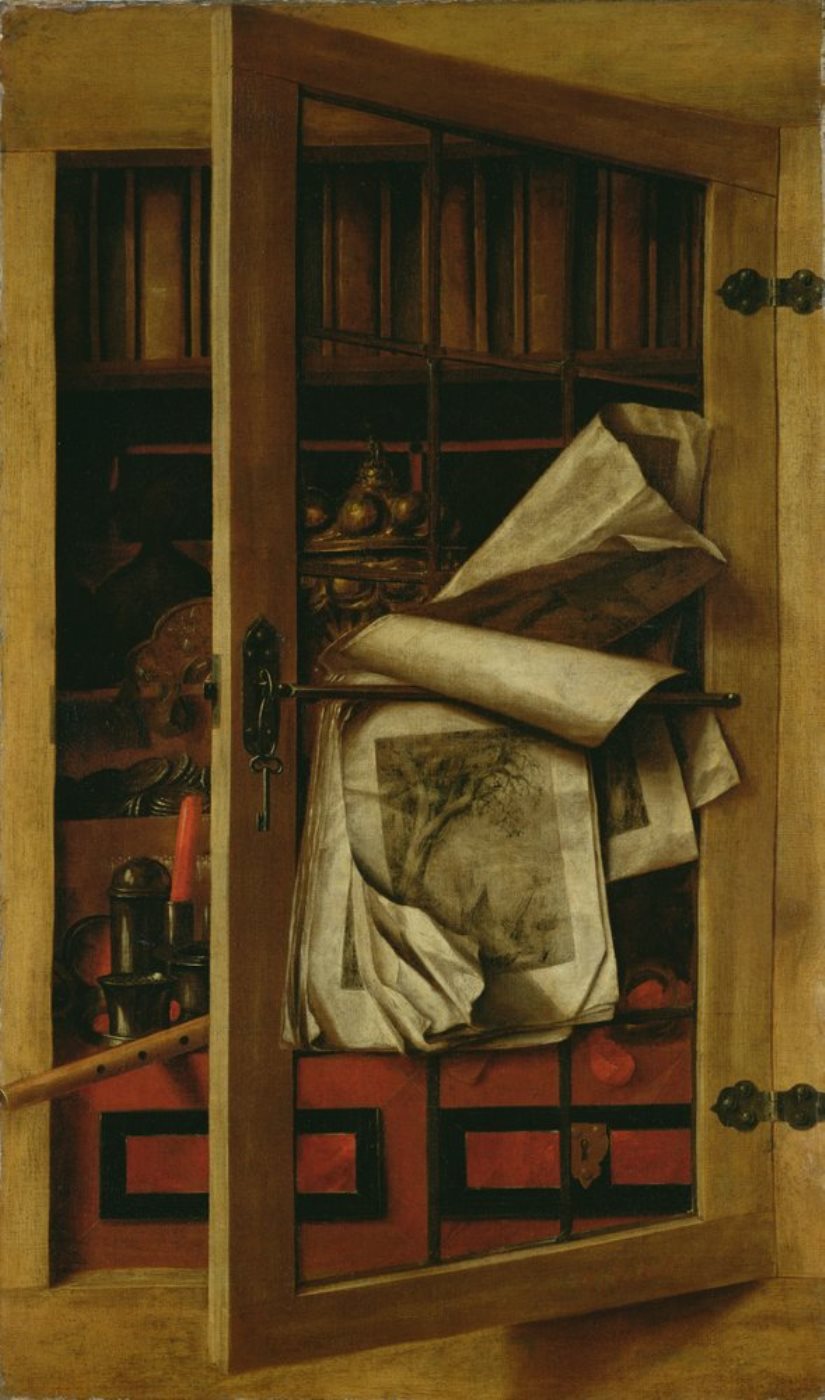

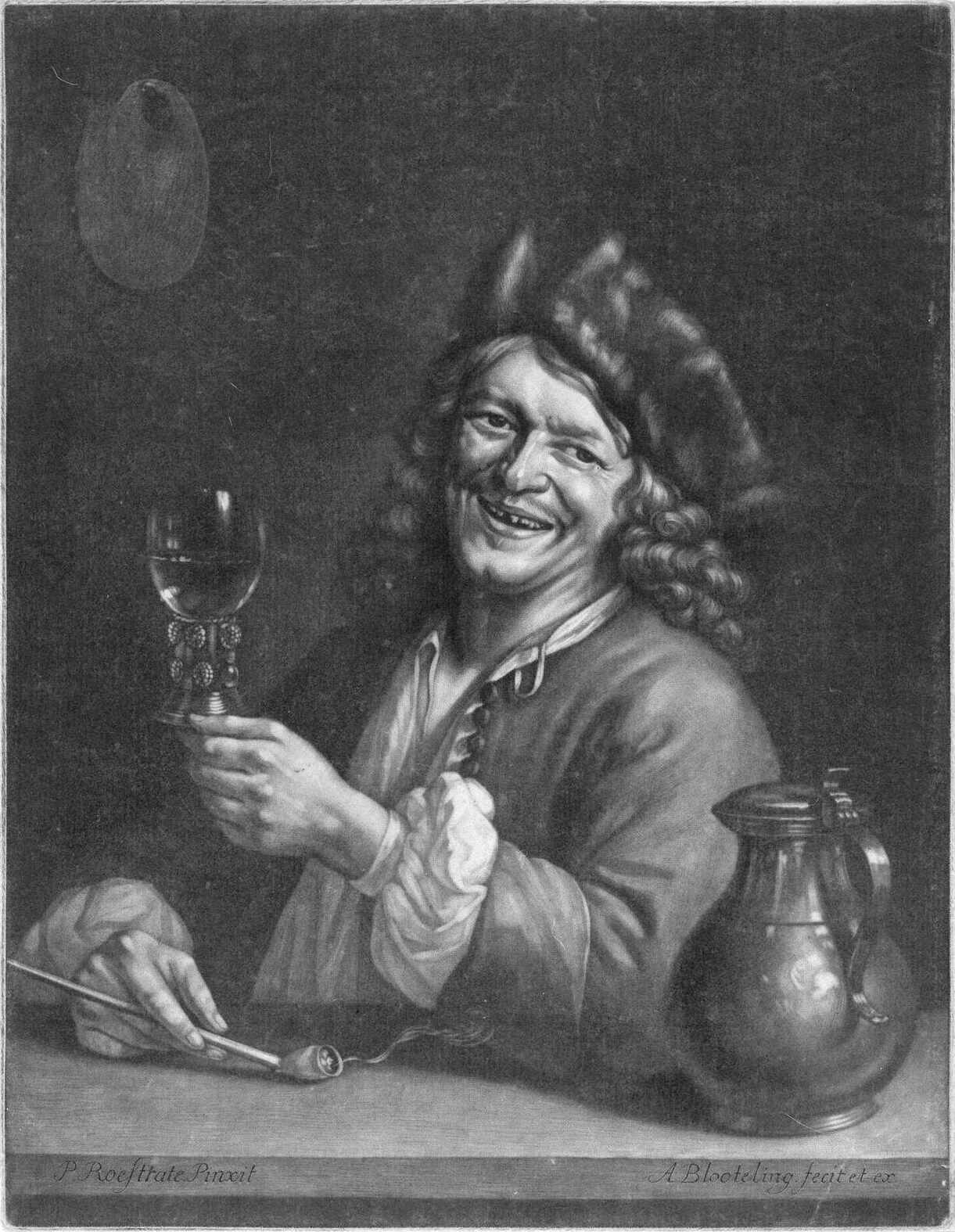
Pieter Gerritz van Roestraten was a Dutch painter who painted floral still lifes and vanitas, genre scenes and portraits. Starting his career in Haarlem, he spent most of his time in London, where he enjoyed the patronage of the highest circles.


Pieter Gerritz van Roestraten was a Dutch painter who painted floral still lifes and vanitas, genre scenes and portraits. Starting his career in Haarlem, he spent most of his time in London, where he enjoyed the patronage of the highest circles.


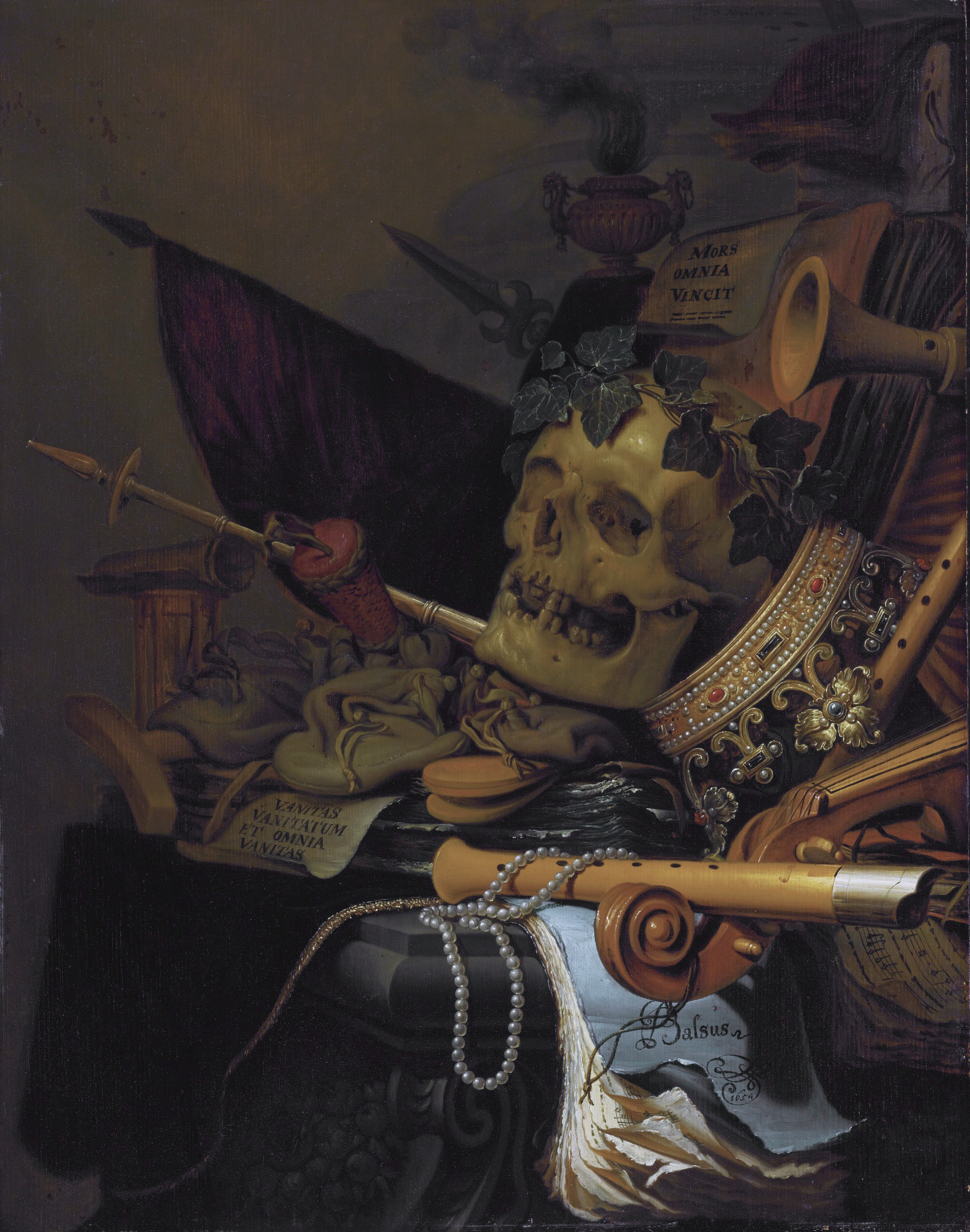
Johannes van der Molen or Johannes Jan Vermeulen was a still-life painter during the Dutch Golden Age. He was active in Haarlem from 1638 to 1674. His specialty was the Vanitas, a style of painting meant to symbolize the transience of life. Many of them feature books.
Some of his works may be seen at the Statens Museum for Kunst, Mauritshuis, Schloss Johannisburg and the Musée des beaux-arts de Nantes. Others are in private collections.

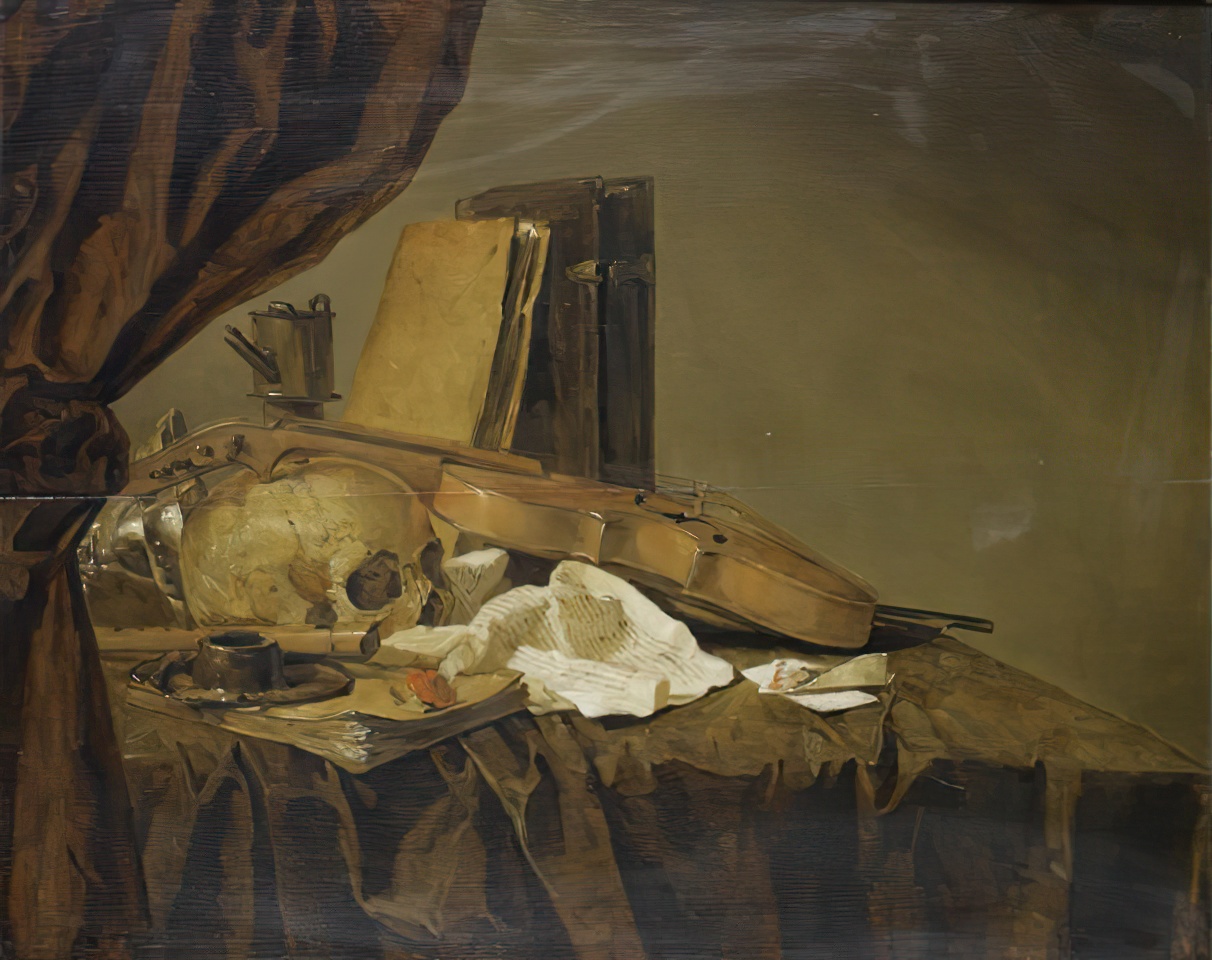
Jacques Adolphsz. de Claeuw or Jacques (de) Grief was a Dutch painter-painter of the Golden Age, a member of the Dordrecht and the Hague Guild of St. Luke. He is known chiefly for his still-life paintings, particularly in the heat of vanitas. His son is the painter Adriaen de Grijef.
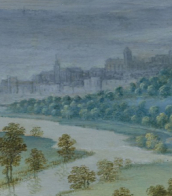
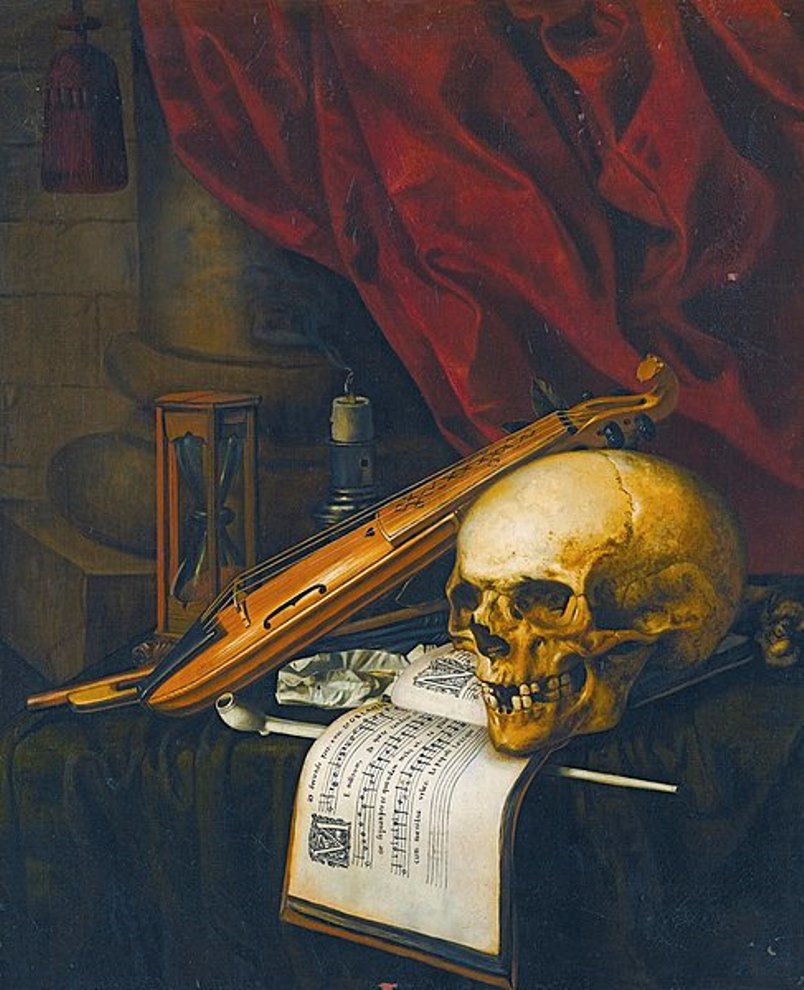

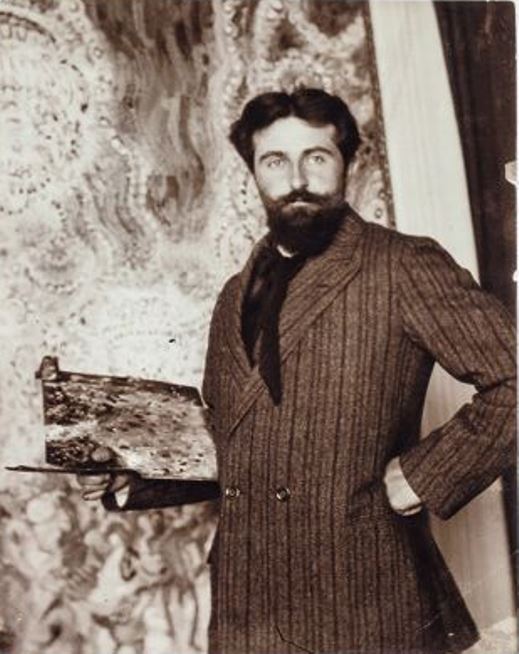
Jan Sluijters was a Dutch painter and co-founder of the Moderne Kunstkring.
Sluijters (in English often spelled "Sluyters") was a leading pioneer of various post-impressionist movements in the Netherlands. He experimented with several styles, including fauvism and cubism, finally settling on a colorful expressionism. His paintings feature nude studies, portraits, landscapes, and still lifes. His work was part of the painting event in the art competition at the 1928 Summer Olympics.

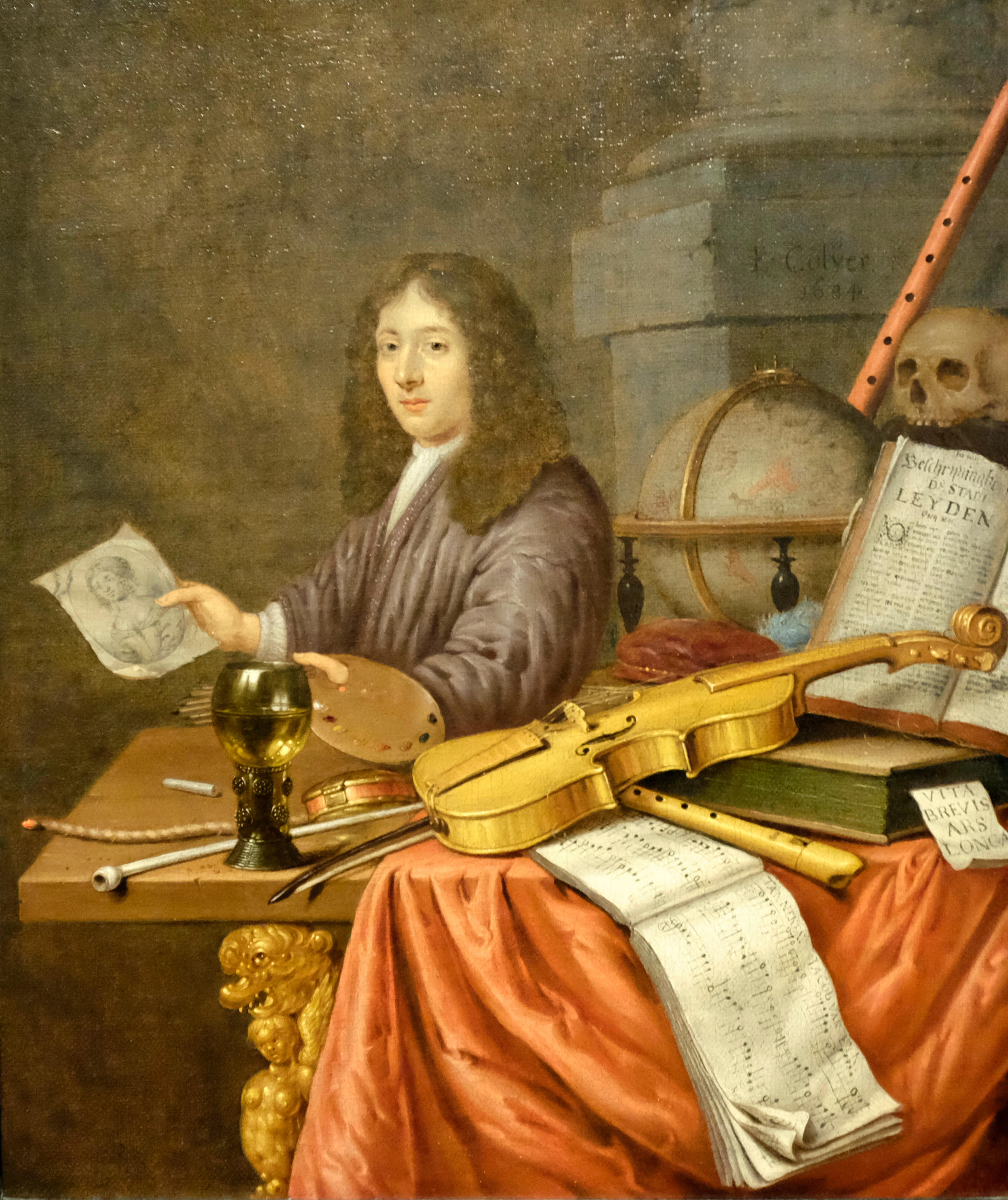
Edwaert Collier or Evert Colye was a Dutch painter of the Golden Age.
He became known for his vanitas still lifes and trompe-l'oeil paintings.
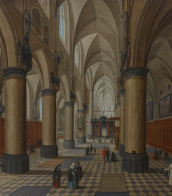
.jpg)
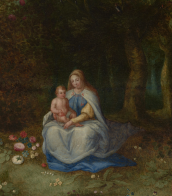

Edwaert Collier or Evert Colye was a Dutch painter of the Golden Age.
He became known for his vanitas still lifes and trompe-l'oeil paintings.

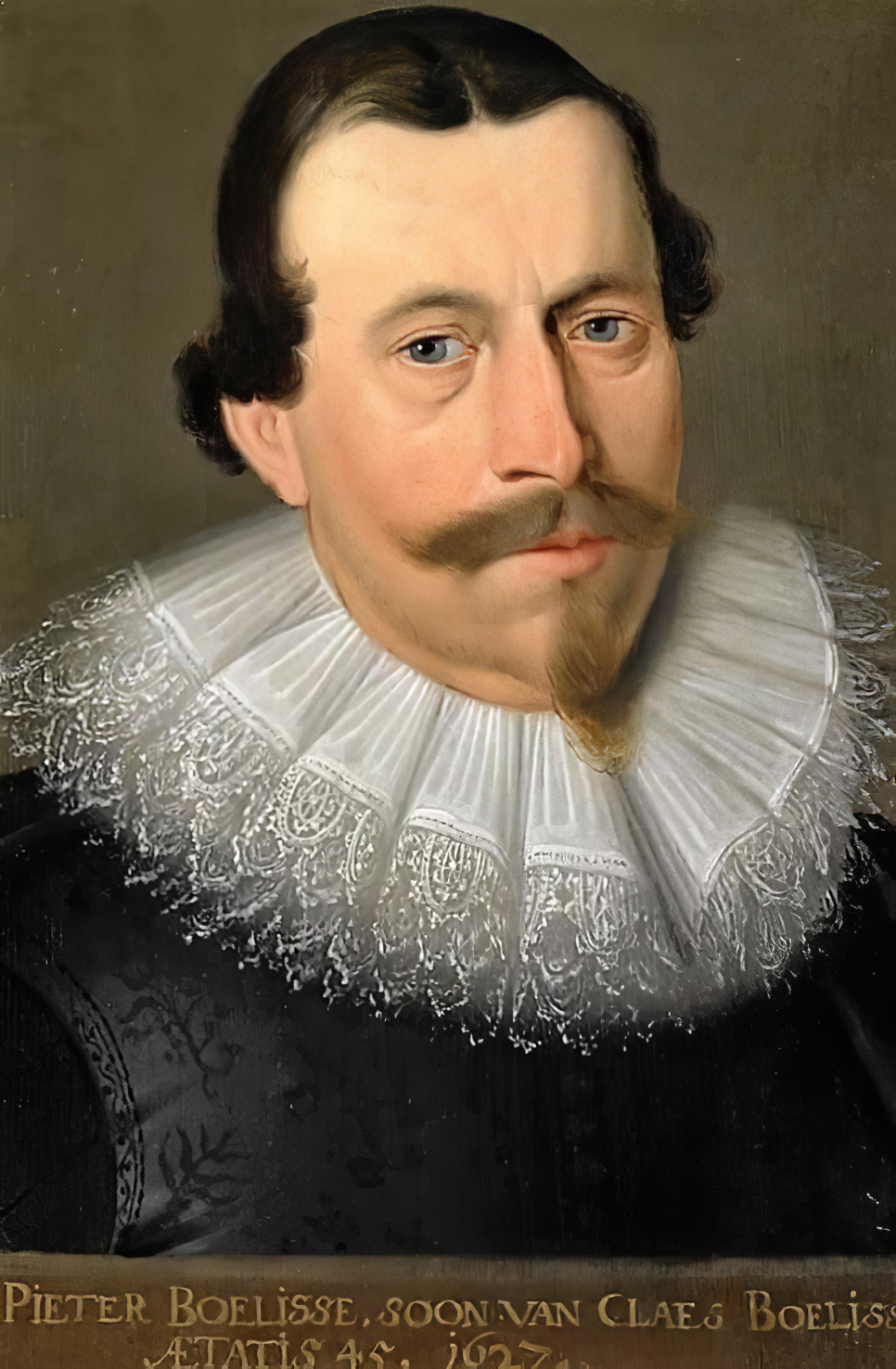
Pieter Claesz was a Dutch Golden Age painter of still lifes.
He and Willem Claeszoon Heda, who also worked in Haarlem, were the most important exponents of the "ontbijt" or dinner piece. They painted with subdued, virtually monochromatic palettes, the subtle handling of light and texture being the prime means of expression. Claesz generally chose objects of a more hospitable kind than Heda, although his later work became more colourful and decorative. Claesz's still lifes often suggest allegorical purpose, with skulls serving as reminders of human mortality. The two men founded a distinguished tradition of still life painting in Haarlem. Pieter Claesz was influenced by the artist movement 'Vanitas'.




